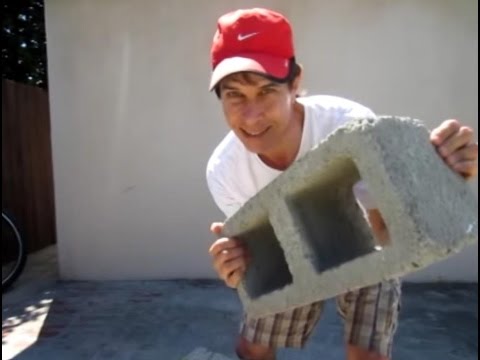Let me understand, going from one-footed idling to one-footed riding is supposed to be harder? Just to clarify, when I one-foot idle, it is with the other foot on the crown. Having a foot out in the air seems impossibly difficult to me. And when I transition from one-footed idling to riding forward one-footed, my foot stays on the crown. That is much easier, to my way of thinking, than riding one-footed with the other foot dangling in the air. Also, I consider it easier to start with no foot on a pedal, rather than removing it from the pedal. I guess that, for all of us, the easiest way is the way we learned.
Let me describe the technique I’ve been using: I grab the seat handle with one hand. I place the opposite foot on the pedal at the 3:00/9:00 position. I try to align my sit bones with the very back of the seat; I find it helpful to be further back on the seat for this. I mount, placing my second foot on the crown. I find it helpful to stand on the one pedal and the crown closer to the toes; that, along with sitting on the back of the seat, helps keep my mass further back, so it can be shifted forward during the dead parts of the pedaling cycle. The hand which is on the same side as the pedaling foot flails in the air to keep balance. The opposite hand, holding the seat, and its corresponding foot, between the two of them, act as a rigid column, along which small changes in the pitch of the unicycle are created. There is also a relationship between the hand on the handle and the sit bones on the back of the seat. The sit bones are pulling the seat back, and the hand on the handle is pulling the seat forward. Between the sit bones, the hand on the seat and the foot on the crown, there’s a lot of stability, and the ability to make adjustments to the pitch of the unicycle. Anyway, I idle one-footed until my idle has straightened itself out, and until I feel all the points of connection with the unicycle are sharing my weight, then I ride forward out of the foot-idle. Describing what happens exactly at this point, is tricky, and I am not consistent enough to be able to describe the specifics. Sometimes I ride a few revolutions, other times I ride a single revolution, transitioning back into the one-footed idle and starting the process over again. More times than not, the unicycle ends up on the ground. I practice this on some hard-packed dirt, and on a slight downhill.
Sorry for the long-winded explanation. I consider this “easier” because I have more points of control than someone with a foot flopping out in air. This process has been pretty tedious, involving practicing it hundreds of times. My progress is slow but steady. It feels a little bit like starting over, except that I think I’ve got way more concept, now.
In closing, anybody who can idle but doesn’t know how to one-foot idle…needs to know that one-footed idling is 5 times easier to learn than regular idling, particularly if you do it the quasi-cheater way which I described above, with the foot on the crown. Maybe one day I’ll learn to one foot idle, foot out; it currently seems impossible.
The method I described also seems more suitable for a middle-aged guy who doesn’t feel like learning by falling on his rear.

